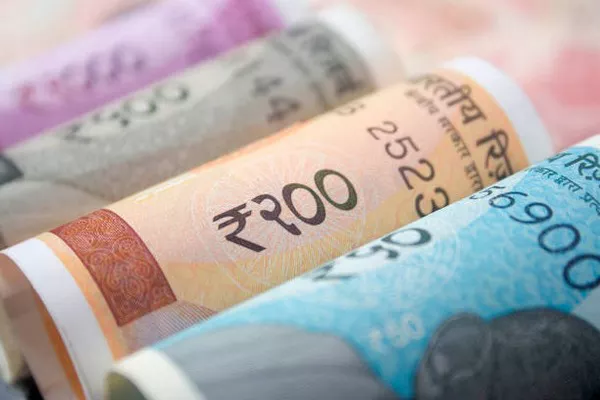The Indian rupee is anticipated to experience a calm opening on Thursday, influenced by a selloff in U.S. equities and a further decline in U.S. Treasury yields.
Non-deliverable forwards suggest that the rupee will open nearly unchanged from the previous session’s closing of 83.17. The S&P 500 Index faced its most significant decline in nearly three months, coinciding with the 10-year U.S. Treasury yield dropping to its lowest level since late July.
Despite the “risk-off episode” not substantially bolstering the dollar and with Asian currencies exhibiting mostly muted movements, a foreign exchange (FX) trader at a bank suggests that the rupee is likely to remain stable at the open. The near-term directional bias shows a slight upside, but overall, there appears to be minimal momentum, with the trader stating, “there is honestly nothing here.”
The U.S. equities plunge is attributed to an “overbought market,” according to Tina Teng, a market analyst at CMC Markets. Despite positive indicators such as U.S. consumer confidence and unexpected growth in existing home sales in November and improved consumer confidence in December, the S&P 500 Index’s rally of nearly 14% since November has pushed the market close to its all-time high.
However, despite the positive data, U.S. yields have declined, a trend analysts attribute to safe-haven demand and a drop in inflation to its lowest rate in over two years in November. As a result, investors are increasingly betting on a rate cut by the U.S. Federal Reserve at the March meeting, with the odds reaching around 80%, according to the CME FedWatch Tool.
The FX trader emphasizes the need to observe the follow-through in yesterday’s price action, highlighting initial signs that investors are expressing concerns about the growth outlook. The confluence of global factors, including equities performance, Treasury yields, and market sentiment, suggests that the Indian rupee may open with a cautious tone in the absence of clear directional cues.


